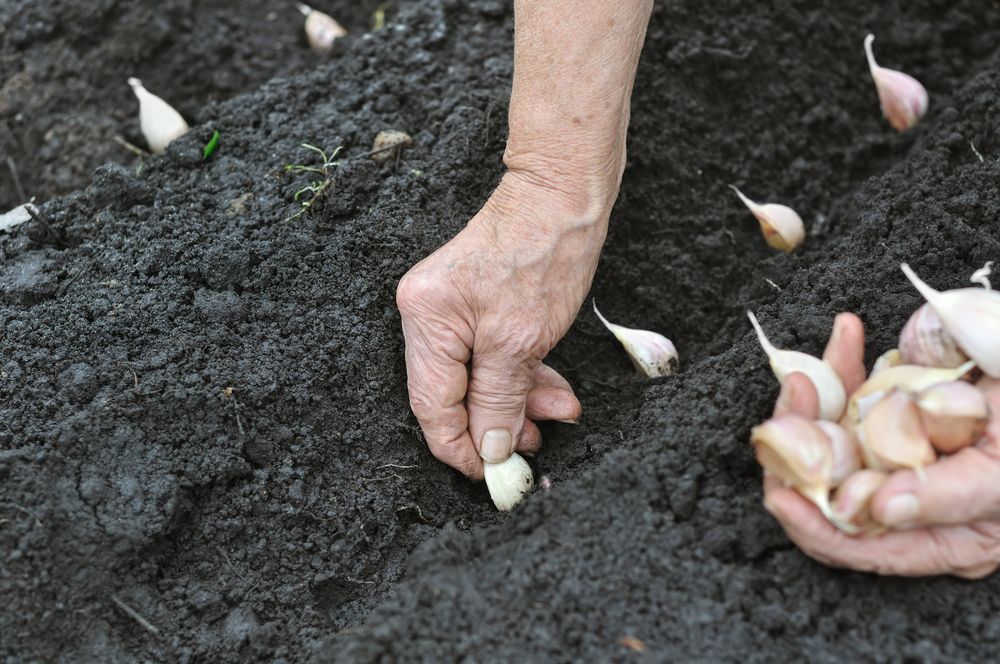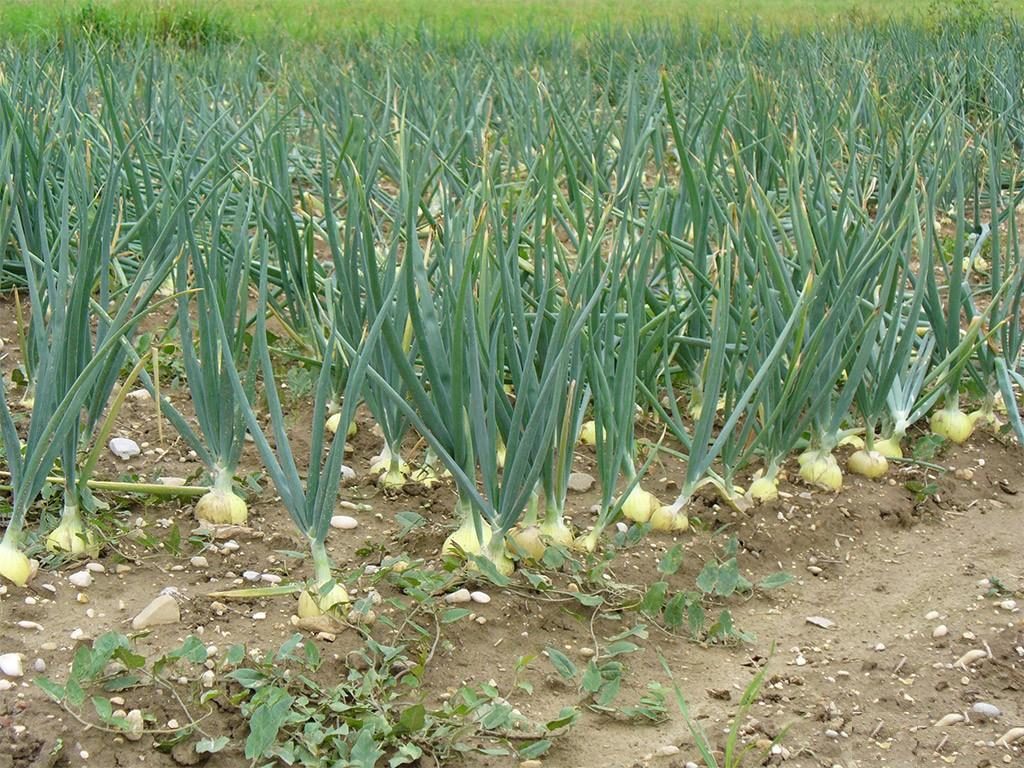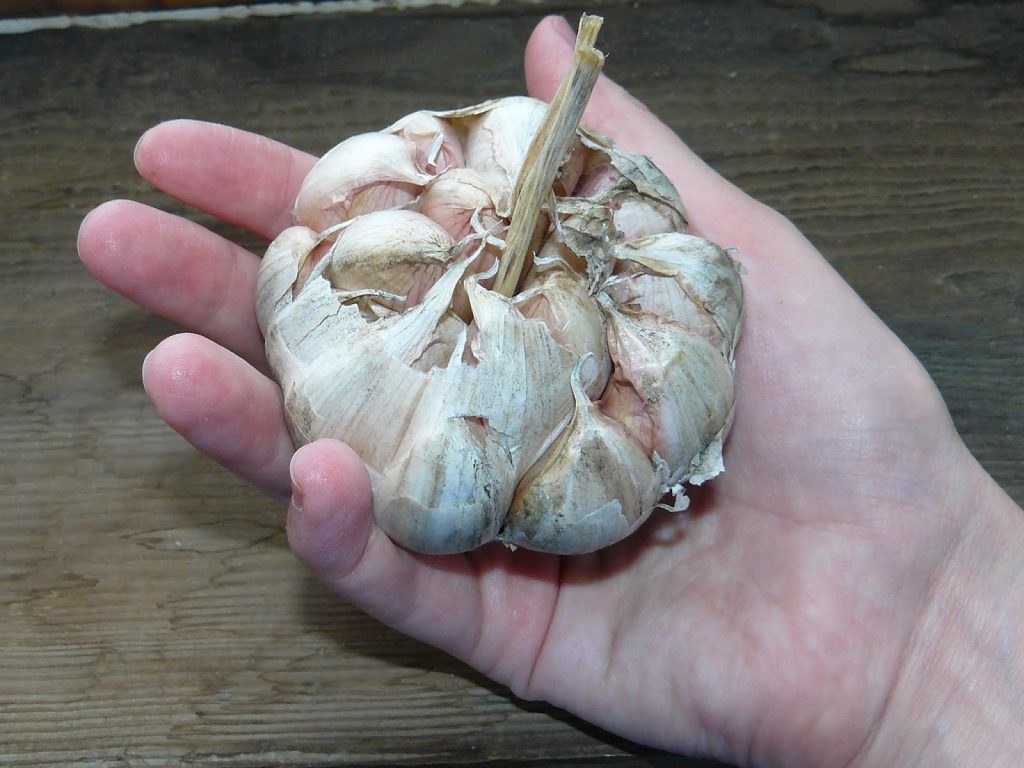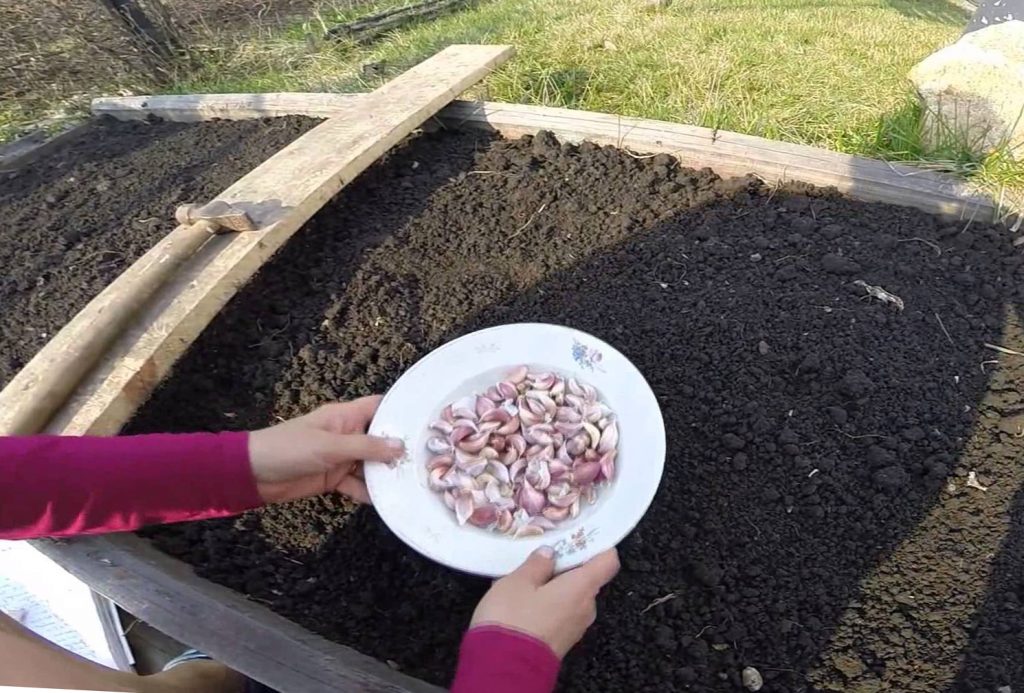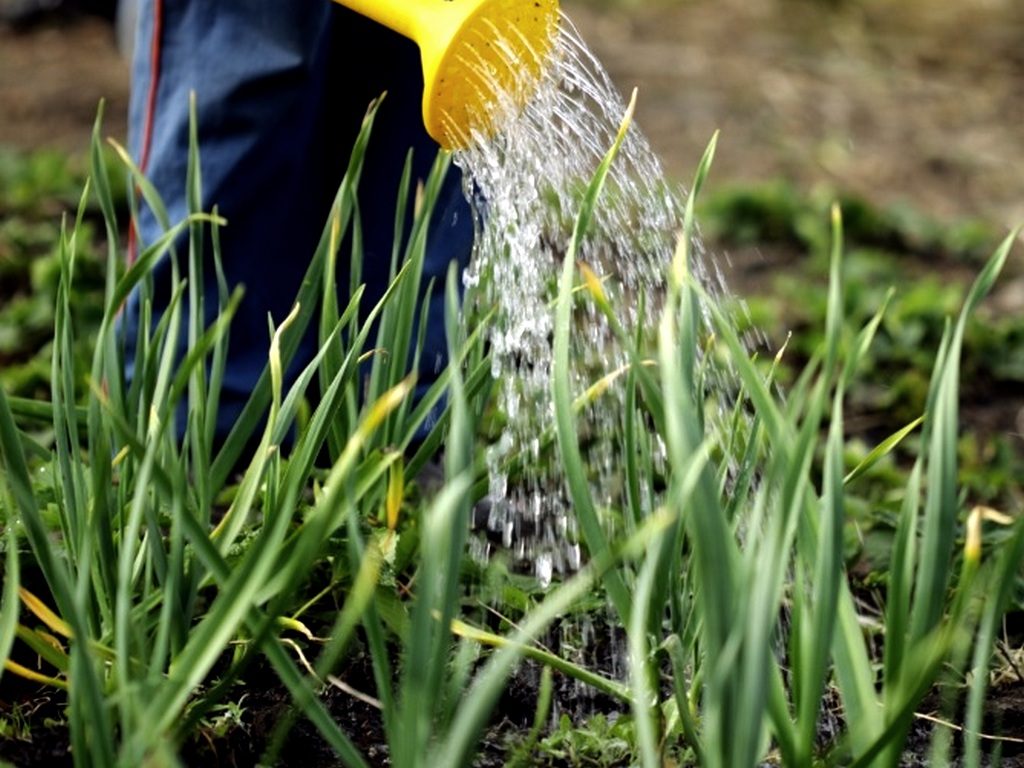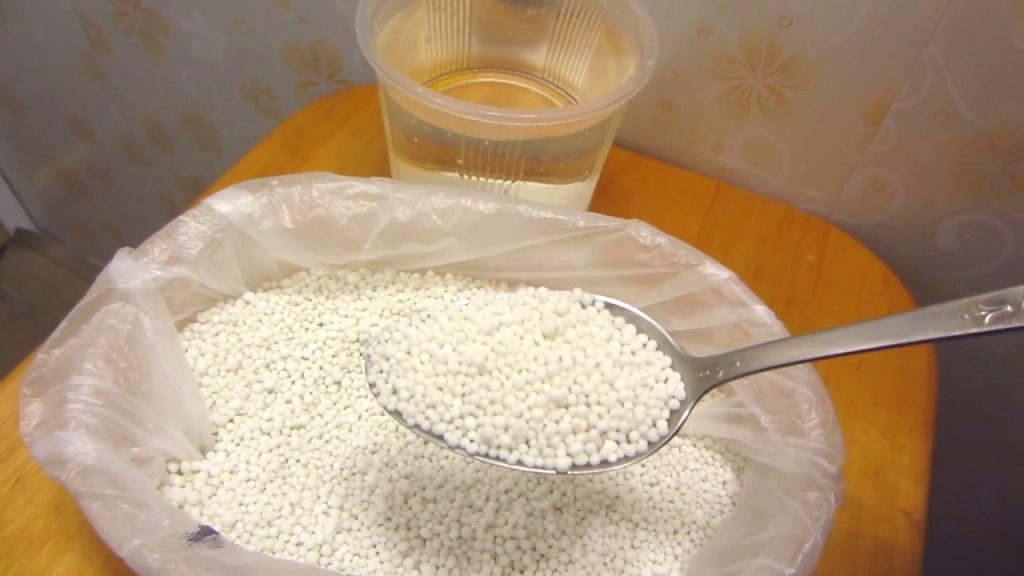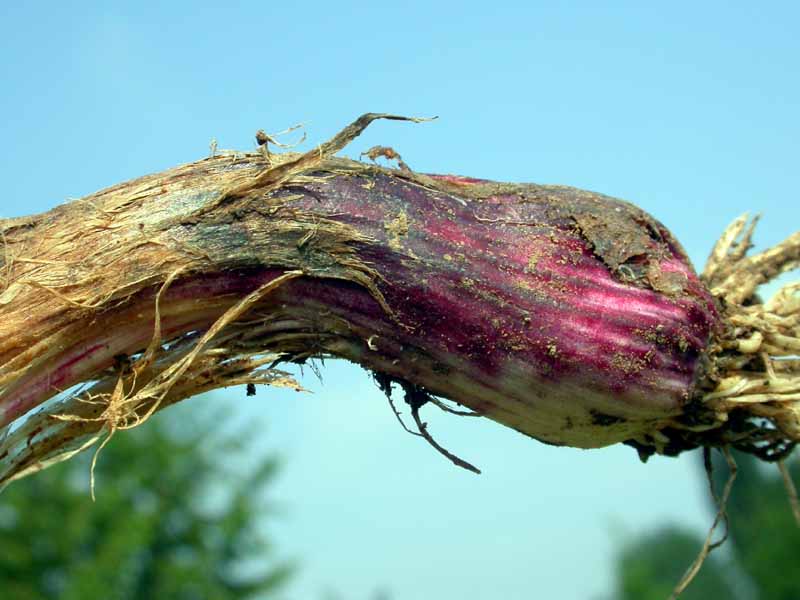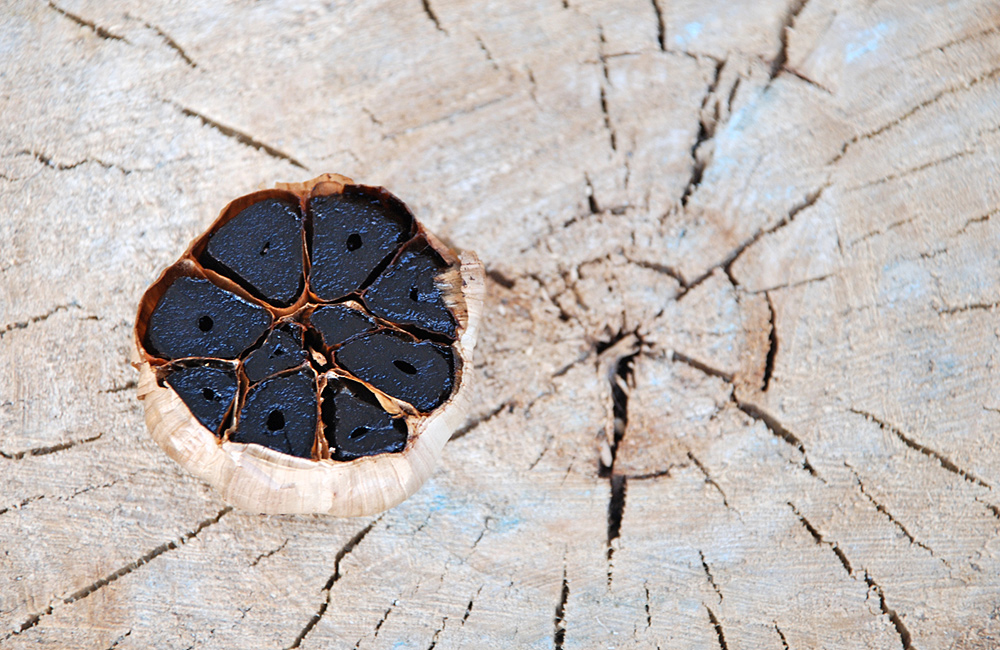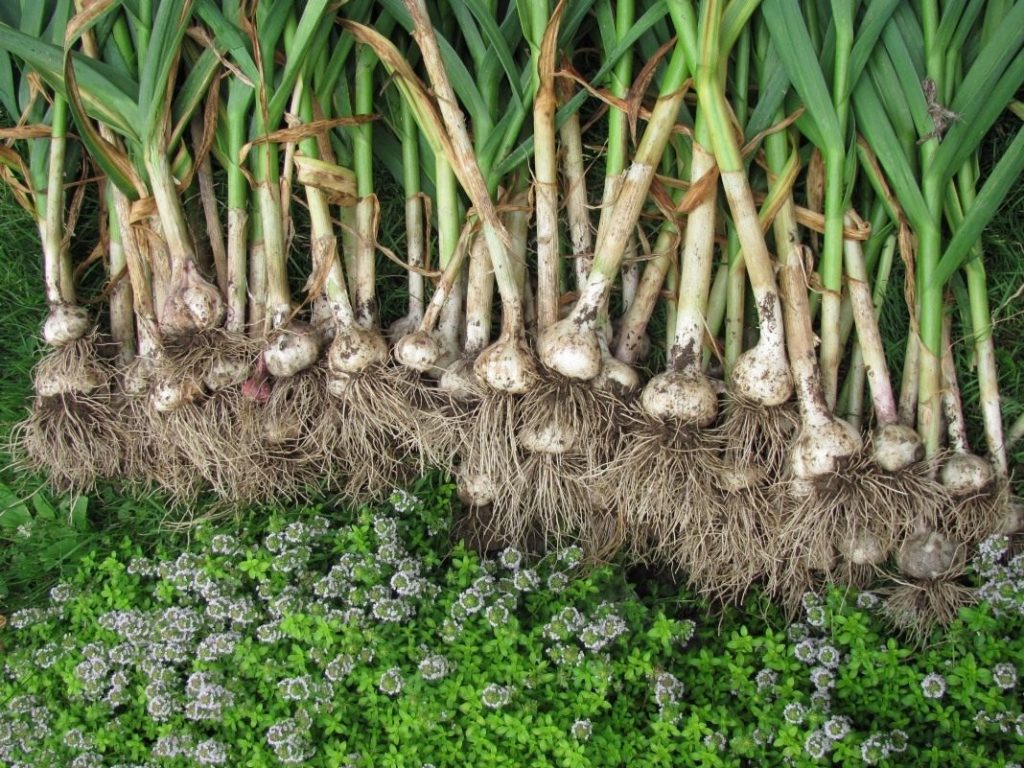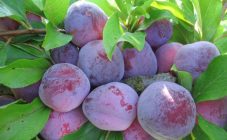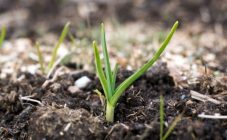Content:
Garlic is popular with gardeners. A useful plant is cultivated by every summer resident. In order for open beds of spring garlic to please with a rich harvest, you should adhere to the rules of agricultural technology. The successful planting of spring garlic in spring in Siberia and other Russian regions is subject to compliance with agrotechnical requirements.
Landing requirements
The vegetable is picky about the soil and the planting area. Garlic prefers:
- loam, sandy loam and chernozems with neutral or slightly acidic pH levels;
- open and lighted area;
- protected, windproof place;
- high beds without stagnant water, which will minimize the risk of fungal infection.
Garlic is not planted on the site after:
- onions and beets;
- carrots and tomatoes;
- eggplant and radish;
- potatoes and peppers.
It is advisable to cultivate a vegetable after:
- cucumbers;
- zucchini;
- siderates;
- legumes;
- cabbage;
- garden strawberries;
- pumpkins.
When planting spring garlic in the Urals in the spring, the soil is prepared in the fall. They dig deep into the soil, loosen, remove weeds.
To balance the soil composition, peat is introduced into clay and sandy loam soil. Peat soil is diluted with sand (10 kg). The land must be fertilized, making per 1 m2 of area:
- humus (6 kg);
- nitrophoska (1 tbsp. l.);
- superphosphate (1 tablespoon);
- dolomite flour (250 ml glass).
It is recommended to disinfect the landing site with a solution of potassium permanganate or copper sulfate.
Experienced gardeners cover the plot with agrotextile or film before starting work.
Reproduction
Spring garlic propagates vegetatively. For growing
select healthy bulbs. The harvest of full-fledged heads is expected in the first year of planting a vegetable. The quality of the crop is influenced by the seed.
Landing
To prepare the chives for planting on open beds, calibrate the seed. The inoculum is stratified, soaked for disinfection and growth stimulation.
Correct seed treatment guarantees friendly sprouts:
- The dried heads of garlic are divided neatly into cloves, leaving a whole, intact shell. Next, the garlic is calibrated, large and intact cloves are selected.
- The teeth are soaked before spring planting in stimulants that promote root formation:
- soaking the garlic in a lukewarm liquid for at least 10 hours;
- using a salt solution: 1 tbsp. l. for 1 liter of liquid, the procedure takes a maximum of 2 minutes;
- the use of chemicals: Green bud, Zircon, Epin.
- The cloves of garlic are disinfected by immersion for 1-2 minutes in copper sulfate: 1 tbsp in a bucket of water.
Suitable for antimicrobial treatment:
- slightly pink solution of potassium permanganate;
- infusion of wood evil: 450 g per 5 liters of liquid, boiled for 30 minutes, garlic cloves are lowered into the cooled solution for 2 hours, thoroughly washed with lukewarm water before planting;
- Fitosporin-M.
The processing process takes half an hour.
For a month, when planting spring garlic in Siberia, planting material is placed on the bottom shelf of the refrigerator or taken out for stratification in the basement, where the air temperature is + 1 ... + 3 ° С.
The day before the planned planting in spring in Siberia, garlic is taken out and left to lie indoors.
Garlic is sown in rows in the distance 20-25 cm... The distance between the teeth depends on their dimensions, on average, the parameter is 10 cm.
It is important that the prongs are planted vertically... The depth of cloves embedding is no more than 2-3 cm. This indicator for a winter variety is doubled in order to protect the seed from freezing.
For the speed of germination of seed, it is not suitable to compact the ground near it strongly. The teeth are sprinkled with soil on top, and then equal the surface of the garden.
The agricultural technique of growing spring garlic is similar to the autumn planting of winter varieties, but there are differences. If the weather is favorable, gardeners will take the opportunity and plant spring garlic on time.
The planting of spring garlic in spring in Siberia is conditioned by regional climate peculiarities. The teeth will be planted when the earth warms up to + 3 ... + 5 ° С, they are not afraid of weak frosts. Usually, in middle Russian latitudes, including the Moscow region, planting occurs in mid-April or the first ten days of May. In the southern and eastern regions, this moment falls at the end of March or the beginning of April. The time when to plant garlic in Transbaikalia in spring, or when to plant spring garlic in the Urals, falls in the last decade of spring.
When planting a vegetable and choosing a landing date, gardeners resort to the lunar calendar. They open the calendar to find out the optimal time to plant the garlic.
Care
Watering
During the growing season, it is required to competently water the garlic. Intensively watered crops at the first stage of development when growing green mass. Poor or infrequent moisture is indicated by yellowness or drying of the tips of garlic feathers.
Moderately moisten the soil in the second half of the growing season: an excess of moisture will provoke damping off of the heads or phyto-diseases. When it rains, watering is stopped. After precipitation or watering, a site of garlic is loosened.
Fertilizer
To get a good harvest, it is important to apply top dressing in a timely manner - because of the underdeveloped roots of garlic and their poor ability to assimilate nutrients from the soil. Mineral fertilizers and organic matter will allow garlic to accumulate the required nutrients in the soil.
When the garlic sprouts, they are fed with nitrogen. When the length of the garlic feathers reaches 10 cm, any top dressing is applied using:
- ammonium nitrate: 15 g per 10 liters of liquid;
- liquid bird droppings in a ratio of 1:12:
- urea: 1 tbsp. l. for 10 liters of water;
- mullein diluted in water in a ratio of 1:10.
At the beginning and in the middle of the summer season, the vegetable is fed with herbal infusion. At the stage of forming the heads, it will be necessary to add potassium-phosphorus fertilizers, ash infusion, which is prepared from 200 g of funds for 10 liters of liquid. When fertilizing a vegetable, excessive efforts are not welcome - an overkill of nutrients leads to cracking of the cloves.
Fight against diseases and harmful insects
The specific aroma of garlic does not become an obstacle for some phyto-diseases and parasites. If early symptoms of the disease appear, action is taken immediately.
Garlic is under attack:
- lurkers and onion flies;
- thrips and hoverflies;
- root and garlic mites;
- moths and stem nematodes.
Vegetable crops are susceptible to:
- peronosporosis;
- black mold;
- white rot;
- fusarium.
Adherence to agronomic practices and preventive measures provide reliable protection. It is required to use high-quality seed material when planting. After harvesting, the bulbs are examined, the sick and damaged are discarded. The regularity of loosening the soil, the application of fertilizers contribute to an increase in the resistance of the crop.Thinned plantings of garlic are thinned.
The appearance of garlic sprouts is a signal to control the plantings. Prevents the appearance of pests by feeding with ammonium sulfate at the rate of 20 g per 1 m2. The procedure is repeated in the second decade of May. Cultures infected with parasites or disease are not pulled out, but dug up, while the roots are checked.
Signs of a fungal disease include:
- yellow and drying feathers;
- dying roots;
- the appearance of spots on foliage.
The manifestations of bacterial infection are:
- brownish sores on the teeth;
- change in the color of the husk;
- putrid smell.
Garlic beds are treated against fungus with:
- Alirin-B: 1 tablet for 1 liter of liquid;
- Gamair-TM: 2 tablets for 1 liter of water.
They fight thrips, ticks and other parasites with the help of biological products:
- Lepidocide: 50 ml in a bucket of water;
- Bitoxibacillin: 5 l 35 ml.
It is more difficult to deal with a stem nematode that feeds on garlic juice. It causes the root system of the garlic to dry out and head cracking. A harmful insect threatens the crop. To protect garlic from parasites, chicory or calendula is planted in the aisles.
Harvest
If the lower feathers and roots dry out en masse, the stems lodge, the tips of the upper leaves turn yellow, this signals the beginning of the harvest in both Novosibirsk and Minsk. The ripening of garlic is indicated by:
- uniformity of color of the head;
- smooth surface of the scales;
- elasticity of the pulp of the teeth.
You can dig out one head of garlic, clean it from the ground and examine it carefully. Ripe fruit has a husk. The removed shell will reveal a juicy and aromatic pulp.
The characteristics of the variety, soil, weather determine the timing of harvesting.
Lodging and yellowing of 2/3 of the feathers is the time to harvest the garlic, usually in mid-August. The main thing is not to overexpose the vegetable in the soil, otherwise you can get a low-quality product with decaying teeth, a cracked shell and a sprouted bottom.
Stop watering the garlic a couple of weeks before picking vegetables. 2 days before harvesting vegetables, the area is cleared of plant waste when it is sunny days to facilitate the extraction of garlic. Garlic is dried in the open air for 5 days. In bad weather, the heads are transferred under a shed or in a barn.
The garlic is dried with a feather, then the roots of the heads are cut to 3 mm, the leaves are cut off, the trunk is reduced to 10 cm. The vegetables are then sorted and prepared for storage:
- weaving braids;
- knit bundles;
- folded into tights or nets;
- put in linen or paper bags;
- placed in wicker baskets or wooden boxes.
Bulbs that are stored in plastic and glass containers are sprinkled with coarse table salt to absorb moisture.
Store valuable food in a dry, ventilated area. The storage period for spring garlic is up to 10 months.
To provide the family with a vitamin product for the winter will allow garlic planting in spring and care. It is advisable to follow the rules of agricultural technology and take care of the quality of the planting material.
